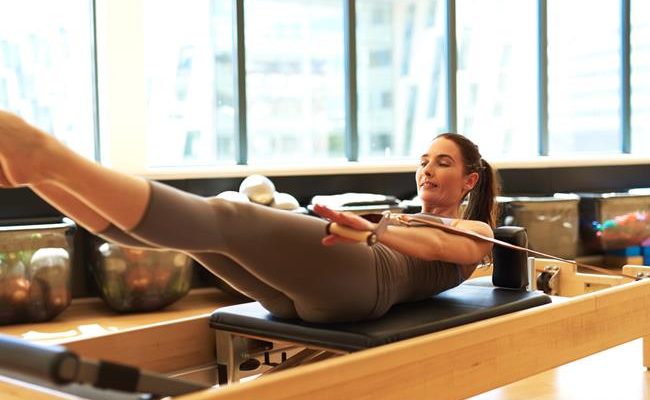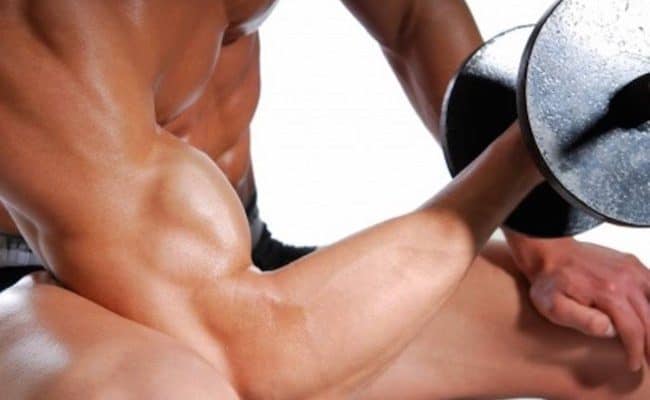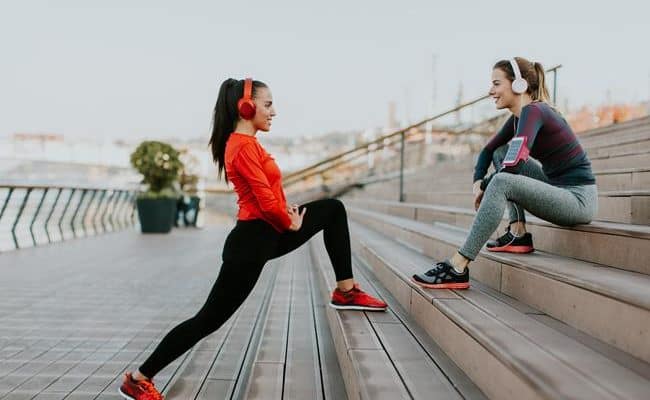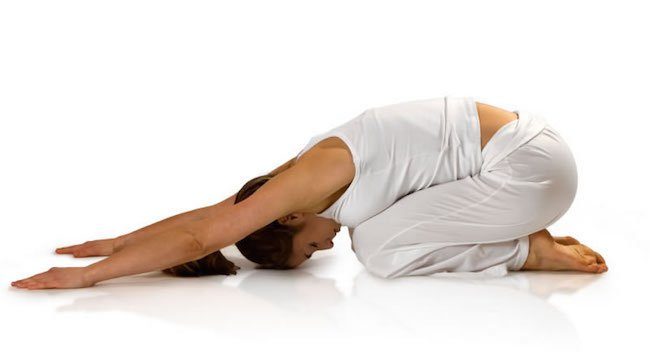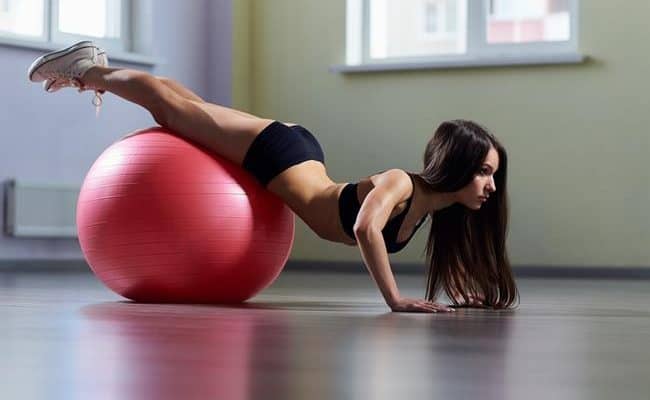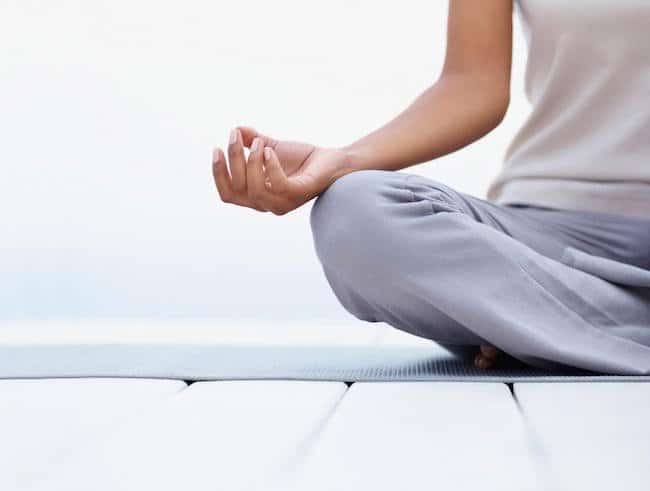
Pilates and yoga have qualities and can seem very similar. However, if you know the differences between the two that can help guide you to which practice may better suite your needs. Here are some of the differences of focus between yoga and Pilates.
Origin of Pilates
Pilates was started by Joseph Pilates in the early 1900’s. Joseph was a German native living in England around 1912. When World War 1 started, Joseph was considered an enemy alien in England. Joseph started training other “enemy aliens” and would put springs on the beds of hospital patients so they could exercise.
Joseph returned to Germany after the war and his exercises gained popularity in the dance communities and was known as a sort of “elite” exercise. In the 1920’s Pilates came to the US, and the New York ballet practiced his exercises known as Pilates.
In the 1980’s, Pilates gained popularity. It became more common to the masses as an exercise form for building core and spine strength through regimented exercises. Pilates exercises remain true to what Joseph originated with back in the early 1900’s. However, now there is an increase in Pilates inspired classes that may not be traditional Pilates. (see also: Is Pilates good for weight loss?)
Origin of Yoga
Yoga is a much older practice that was started thousands of years ago in India. There are many different types of yoga such as Vineyasa, Bikram and Ashtanga. They all have slightly different focuses, but in general yoga combines mental, physical and spiritual.
Yoga was brought to western culture in the early 1900’s by Indian monks. Other forms of yoga have been developed later during the 1900’s. For example, Bikram yoga was developed in the 1970’s. Bikram yoga is done in a very hot room with specific exercises done in a specific sequence. (See also: Does yoga help you lose weight?)
Exercise Differences
Almost all types of yoga are designed to work every part of the body equally. There are different poses in yoga that help with strength, balance and muscle endurance. Yoga tends to focus more on balance for the overall body.
On the other hand, Pilates tends to focus more directly on spine flexibility and core strength. Traditional Pilates has a defined sequence of exercises that can be done on a mat using body weight or a spring board that can use weights. Yoga just uses your body weight and a mat.
Pilates and yoga are both meant to help you get in tune with your body. For example, in Pilates you are often challenged with trying to engage different muscles in your core and along your spine for various exercises. Yoga will also get you to use a variety of muscles for poses, but it also focuses on mental and spiritual connection. Some variations of yoga incorporate a strong meditation aspect.
Health Benefits
Yoga may have a positive effect on mental health and reducing stress. A 2010 study from The Journal of Alternative and Complementary Medicine suggests yoga may actually help down regulate the sympathetic nervous system which could decrease risk for certain chronic diseases and mental depression. Yoga could potentially have a positive effect on other health conditions such as arthritis, Alzheimer’s disease, back pain and psychological well being.
According to a 2007 article in Current Reviews in Musculoskeletal Medicine, both yoga and Pilates may be effective treatments for chronic low back pain. Yoga may help low back pain by correcting muscle imbalances in the back, stretching tight muscles and strengthening them. Pilates may help low back pain by increasing core strength and neuro-muscular connection around the spine.
Athletic Benefits
Recreational to elite athletes could benefit to have yoga and/or Pilates as part of an exercise routine. Yoga can help with muscle flexibility, balance and strength which could benefit endurance or strength athletes. Pilates can increase core strength and spinal flexibility which can be beneficial for general posture and possibly help with running or cycling form.
Both Pilates and yoga focus on breathing technique with movement. Connecting deep breathing to movement may increase the mental physical connection and improve the flow of movement. Certain types of yoga focus on a deeper level of concentrated breathing for meditation purposes.
Which is better for you?
Pilates and yoga can both give you a physical challenge, increase flexibility and increase core strength. Yoga focuses more on mental and spiritual connection. Yoga focuses on multiple muscle groups, while Pilates focuses primarily on core strength and spine flexibility. Both can potentially help with low back pain.
Yoga may help lower stress more than Pilates. If core strength is your focus, Pilates may meet that need better. If you are looking for a more overall body workout, yoga would be a better choice. If you are looking for a total body physical challenge, Bikrim (hot) yoga is considered by many the most challenging physically.
In order to know which is best for you, try both Pilates and yoga or a combination. Keep in mind there are many trypes of yoga, and now there are a lot of variations of the traditional Pilates class.
References used in this article

